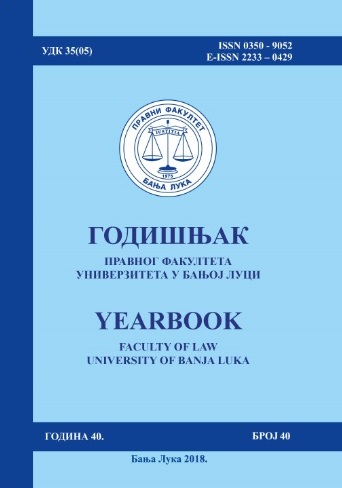THE CONCEPT AND THE CONTENT OF THE INTERROGATION OF THE SUSPECT IN CUSTODY IN CRIMINAL PROCEDURE IN THE UNITED STATES
DOI:
https://doi.org/10.7251/GOD1840011SAbstract
The paper analyses some relevant issues related to the treatment of
law enforcement officers in the United States after a person has been taken into
custody or otherwise deprived of liberty, which requires informing that person
of his/her constitutional rights. In the landmark decision Miranda v. Arizona
(1966), the Supreme Court of the United States set standards for law enforcement
officers to follow when interrogating suspects held in custody.
Suspects who are subject to custodial interrogation must be warned of their
right to remain silent; that any statements they make may be used as evidence
against them; that they have a right to an attorney; and if they cannot afford an
attorney, the State will assign them one prior to any questioning, if they so wish.
According to Miranda, unless those rights are not read, any evidence obtained
during the interrogation may not be used against the defendant.
Ever since Miranda was decided, state and federal courts have struggled with
a number of issues with regard to its application, including the suspect’s being
in custody, which entitles the suspect to being readMiranda rights, the suspect’s
waiving the right to have an attorney present during questioning. Some decisions
by the U.S. Supreme Court have attempted to answer these difficult questions.
